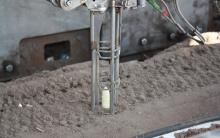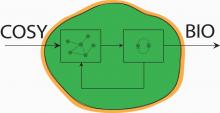Redesigning crops to meet society’s increasing food needs

By 2050, the world population may reach 10 billion people. Unfortunately, there’s not enough agricultural land available to sustainably produce the food needed to feed this many people. To help, the EU-funded FutureAgriculture project has designed a new type of crop capable of producing the amounts required to feed a rapidly growing population and to adapt to the effects of climate change.









